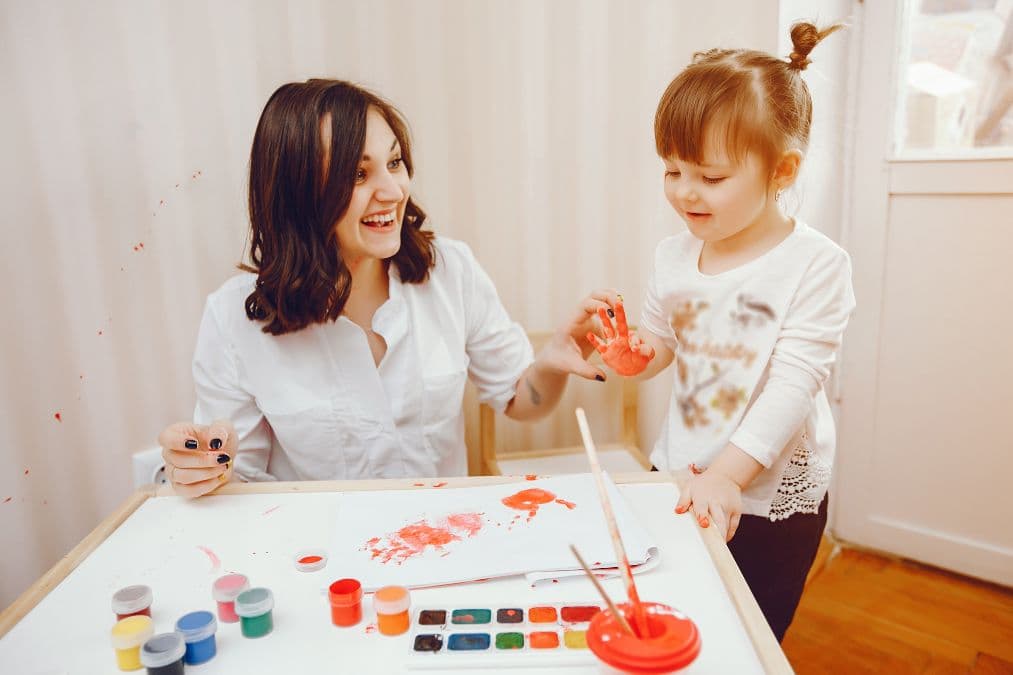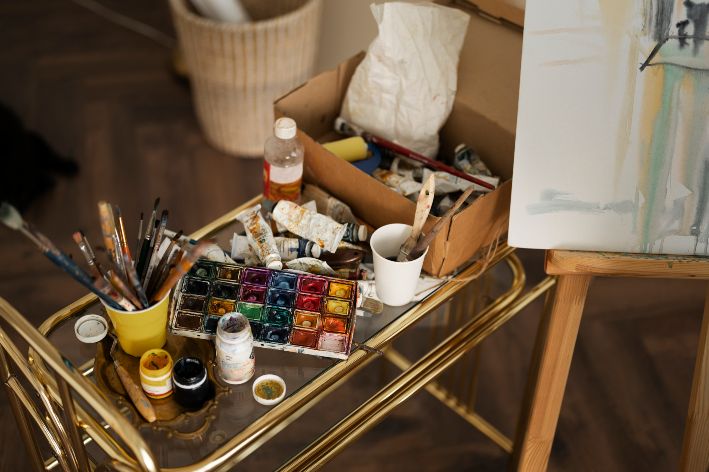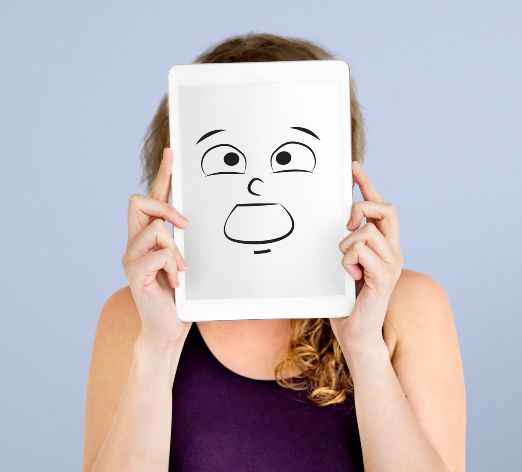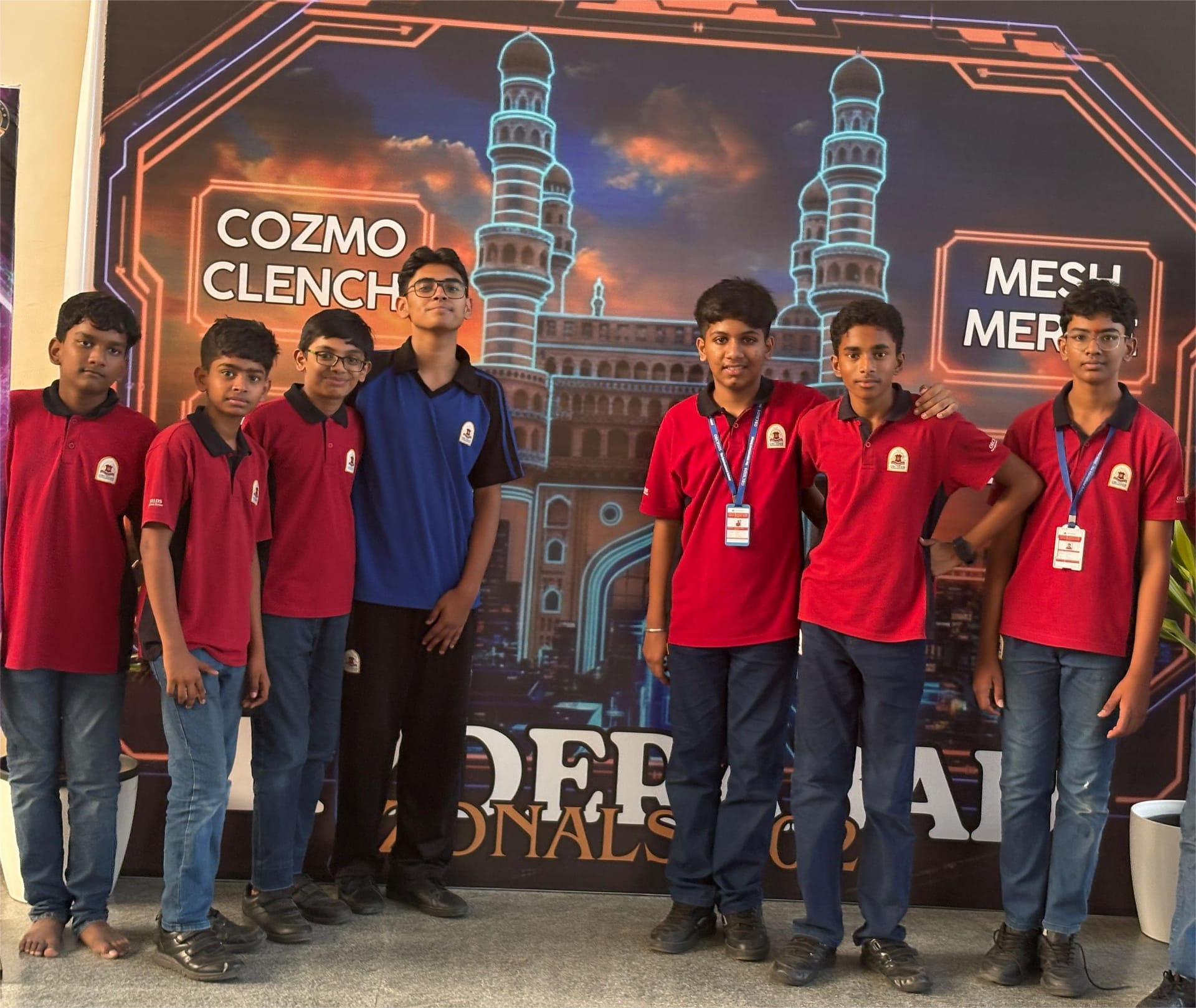Art Therapy for Children: Unveiling Benefits and Techniques
By Pinkey Sharma |
Date 07-08-2024

Table of Contents
Admissions Open for
Art therapy has developed very strongly in the mental health field, which allows curing in a creative way all the things that a child could not express in words. Art therapy creates a unique path and deeper understanding for children who are not able to express and rarely understand their feelings properly. This article is a thorough overview of the numerous benefits of art therapy, the techniques applied, and the working range of art therapy. Worked in later will be an illustration with special art therapy activities developed to let children manage their fears and other emotional issues.
Introduction to Art Therapy
Permission through art therapy can be defined as "a psychotherapeutic modality where the processes of drawing, painting, and other ways of creating art forms are used as means of helping a person understand feelings and thoughts and reality-testing, without the influence of direct verbal communication of the receiver category." From such a perspective, children benefit most from art therapy as it makes them express complex emotions without verbally stating them. In children, it is possible to evoke qualities and feelings that cannot be expressed in straightforward words.
Benefits of Art Therapy for Children

Emotional Expression and Processing
Expressing their feelings is the most significant benefit of art therapy for children. Most children usually feel that they are not in a position to precisely formulate their feelings into words. In this respect, art provides them with a way to show their feelings by which it becomes easier to put the issues across to therapists or readers.
Increasing Self-Esteem and Anxiety
This activity allows a child to develop his or her self-esteem and confidence levels. Accomplishing an art project enables children to feel accomplished and take pride in their work. Positive reinforcement of this work from therapists and peers enhances their self-worth.
Enhancing Communication Skills
Art therapy provides ways through which children can express themselves better. As they describe the picture and their feelings about the illustration, they can practice articulating thoughts and feelings. Clearly, this brings out the aspect of better communication that is carried across in their life aspects, enabling them to relate well with family and friends.
Lowering Stress and Anxiety
This way, it could be a rather soothing and pacifying activity, hence reduces many stresses and anxieties. Through drawing or painting, one could feel meditative states because of the repetitive movements involved, and at this time, children are brought to a point where they can be calm and become in touch with the present.
Develops Problem-Solving Skills
Art therapy encourages creative thinking and problem-solving. As they start to get ideas for what to make with different materials and techniques, the kids learn to approach problems from different angles. In other words, they develop their critical thinking for everyday life.
Social Skills
Group sessions are amazing for children because kids can work together. They learn how to share their materials, how to collaborate, and then they can give and receive a response.
Trauma and Grief
In the very process of art-making, children are provided a safe place to verbalize their trauma or loss. By externalizing the hurt in the course of their art production, a complete healing process can be initiated for them in the hands of an art therapist.
Some Art Techniques Used
Drawing / Painting
Collage drawing and painting are two main techniques to express feelings and experiences during the implementation of art therapy processes. They can be guided around a theme or methodology, like symbolic expression, or they can be free so that the children generate whatever comes to their minds.
Creating collages involves cutting and pasting images from magazines, newspapers, or other sources onto a larger surface. This technique can help children piece together their thoughts and feelings in a tangible form, making it easier to discuss and understand their emotional states.
Sculpting
Modeling with clay or anything helps children be grounded because it is a very physical activity. The actual manipulation and formation of materials can be a way of working through emotions in a concrete way for the children.
Mandalas
Drawing or coloring mandalas will calm and center the individual. A mandala is a variation of an intricate, usually circular design that is used in art therapy as an object of contemplation.
This way, the children can tell their story through art. It may be a series of drawings that help them narrate their story and adapt to their thoughts and feelings.
Play Therapy Integration
This works best using younger children. Rifling through toys, puppets, or the like of that matter, coupled with a few art tasks, should make it less anxiety-provoking for the child during the course of therapy sessions.
Art Therapy Activities for Children
Feelings Wheel
Feelings wheel is a simple but useful tool baked by art therapist. A child can be given a circle that he could break down into various sections. Each segment would represent the distinct emotions; a child feels would color each part as he feels at each segment. It will help identify and communicate the feelings.
Safe Place Drawing
They are asked to draw a place where they feel safe and happy. He can draw a firm and comforting space—the children can see them in their imagination through this activity—very good for seeing with anxiety and trauma.
Emotion Masks
This might be an excellent way to allow a child to express his/her creativity and to give them an opportunity to try and understand their feelings. He/ she may very vividly explain to you about various emotions for each of the masks. Explaining the situations or people that associate with such feelings would also be interesting.
Worry Monsters
Kids can create their own "wischurs" out of paper or whatever they have at their disposal. They can name their worries and feed them to the monster as a way to act them out—releasing the fears.
Mood Tracker
A mood tracker is a section within a journal or chart that allows you to write down your feelings each day of the week, drawn with colors or simple drawings of how you were feeling. This brings about an enhanced realization of their emotional patterns and triggers.
Collab Mural
Children, when placed together and asked to do a group job, follow this activity toward a big mural. This enhances the strength of teamwork, communication, and a community of sharing while working together.
Nature Art
Children associate with their environment by creating works of art using natural materials such as leaves, flowers, and stones. This could be one activity that actually cultivates increased mindfulness about their surroundings and an appreciation of nature.
Benefits of Art Therapy in Schools

Improved Emotional Well-Being
Part of what the school curriculum entails is art therapy; it is due to the fact that it enriches the emotional lives of the students to such great depths. By allowing children to express feelings on a regular basis, regular sessions of art therapy allow a safe space for the children and enable them to cope with their psychological problems.
Improved Academic Performance
Emotional well-being correlates with performing well in school. The better a child feels understood and nurtured, the more likely he/she will be to pay attention and do well in school. Art therapy may help lower stress and anxiety, and in the process, improve concentration and focus in class.
Improved Relationship with Peers
The use of art therapy activities that encourage collaboration and communication can strengthen peer relationships. Children work together, respect each other's views, and learn emotional empathy, thus developing the most important skills to have positive peer relationships.
Early Intervention
Art therapy: the art therapist in the school setting is in a good position to intervene as early as possible in children with mental health problems. School counselors and art therapists can help distinguish children who need special attention, thus enabling early aid before problems escalate.
Inclusive Environment
Art therapy provides a welcoming and inclusive environment where every child values their place in that school. It regards children with and without a specialization and includes them in the therapeutic process. This type of value-sharing breeding inclusiveness tends to feel valued and accepted and that they belong.
Techniques in Art Therapy for Anxiety
Grounding Techniques
Grounding exercises allow the child to feel in the moment, which in turn reduces anxiety. Drawing repetitive patterns, or even mandala creation or modeling clay, can have a calming effect.
Visualization
Visualization can check anxiety levels. Drawing a safe place or generating a future wishful situation allows the child to think about pleasant situations and keep focus away from negatives.
Sensory Art
Endeavors that make them feel grounded and less anxious include finger-painting, working with textured materials, and creating artwork from natural objects.
Art Journaling
Here, children get to express themselves every day, or as the need arises. It eventually helps to release their feelings. By writing and drawing, they can delve deeper into their emotions, and they can come up with strategies to cope with anxiety.
Breathing and Art
Young children can regulate their emotions with the art process. For example, they spoke of the incidents that made them angry through representing their breaths – while inhaling and exhaling – when drawing.
Frequently asked questions
How does art therapy work for kids?
Art therapy works for kids by providing a safe, creative outlet for them to express and process their emotions nonverbally. Through various art activities like drawing, painting, and sculpting, children can visually communicate their thoughts and feelings, which may be difficult to articulate with words. This process helps them develop emotional regulation, enhance self-esteem, improve communication skills, and reduce anxiety. Guided by a trained therapist, children reflect on their artwork, gain insights into their experiences, and learn coping strategies that can be applied in their daily lives.
What is art therapy for resolving childhood problems?
Art therapy for resolving childhood problems harnesses creative activities like drawing, painting, and sculpting to help children express complex emotions, process traumatic experiences, and improve communication with therapists. By engaging in artistic expression, children can find healing and develop coping strategies in a supportive therapeutic environment.
How does art therapy help children with anxiety?
Art therapy helps children with anxiety by offering a non-verbal means to express and process their emotions. Through creative activities like drawing, painting, and sculpting, children can explore their anxieties in a safe environment. This process helps them develop coping strategies, improve self-esteem, and foster a sense of control over their emotions, ultimately reducing anxiety levels and promoting emotional well-being.
Liked what you read? Feel free to share this article with your friends and spread the knowledge!
Related blogs:
Art Therapy for Children : Discover how art therapy helps emotional growth.
CBSE Schools In Popular Cities
- CBSE Schools in Bangalore
- CBSE Schools in Mumbai
- CBSE Schools in Pune
- CBSE Schools in Hyderabad
- CBSE Schools in Chennai
- CBSE Schools in Gurgaon
- CBSE Schools in Kolkata
- CBSE Schools in Indore
- CBSE Schools in Sonipat
- CBSE Schools in Delhi
- CBSE Schools in Rohtak
- CBSE Schools in Bhopal
- CBSE Schools in Aurangabad
- CBSE Schools in Jabalpur
- CBSE Schools in Jaipur
- CBSE Schools in Jodhpur
- CBSE Schools in Nagpur
- CBSE Schools in Ahmednagar
- CBSE School In Tumkur

Call Us to know more about Orchids
Swipe Up


.jpg&w=1920&q=80)













